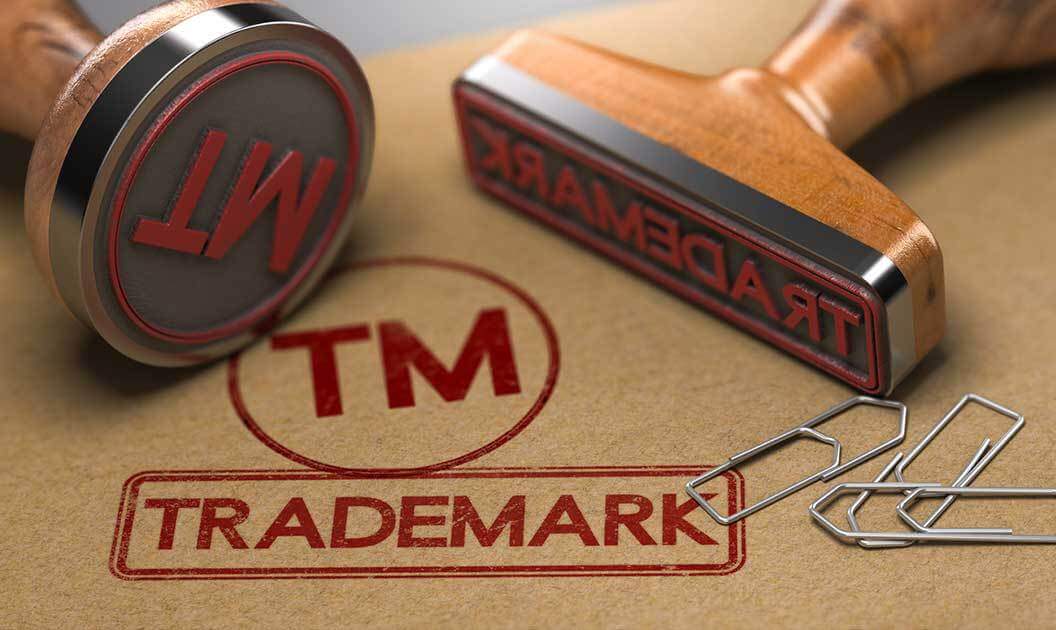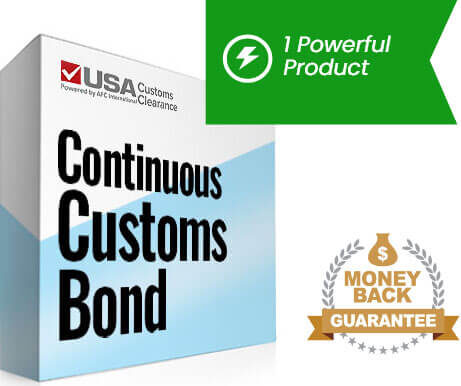
Importing trademarked goods into the USA is an enticing prospect for businesses of all sizes. However, it also poses challenges that can feel like navigating a labyrinth of legal intricacies. One wrong turn and you could accidentally break the laws that protect intellectual property rights. To import successfully and legally, you must understand the rules and regulations. A little knowledge and foresight can turn this risky proposition into a lucrative enterprise.
According to the International Trade Administration, importing trademarked goods to the USA requires careful adherence to intellectual property laws. Non-compliance can result in severe penalties. Importers must ensure they obtain necessary permissions and adhere strictly to import regulations.
Prepare yourself for the process of importing trademarked products with a little help from the experts at USA Customs Clearance.

Trademarked goods are products or services protected by a distinctive sign or logo that identifies the goods as coming from a particular source. Importing such goods carries with it both significant opportunities and legal implications. A careful understanding of laws and regulations is vital to navigate the process successfully.
In general, any business or individual can import trademarked goods, provided they comply with intellectual property laws and customs regulations. Importers play a crucial role in promoting the exchange of trademarked goods, often acting as intermediaries between producers and consumers.
Getting permission to use a trademark is an essential step in the importing process. This involves several intricate steps. These steps can vary from one circumstance to another, but one rule holds true in nearly every situation: you’ll need permission from the holder of the trademark.

Using another company's trademark requires permission from the holder. This permission, when granted, results in a licensing agreement. The agreement ensures both parties benefit from the proposed use of the trademark.
Here are the steps to secure this permission:
Securing permission to use a trademark can be a complex process. However, it's crucial for legally importing and selling goods bearing that trademark. Otherwise, you risk having your imported goods seized by Customs and Border Protection (CBP).
If you’re curious about how much money is lost due to unlawful use of trademarks, take a look at the following table.
| 2017 | $1,400,000 |
| 2018 | $1,600,000 |
| 2019 | $1,750,000 |
| 2020 | $1,500,000 |
| 2021 | $3,300,000 |
CBP seizes hundreds of thousands of dollars worth of illegally trademarked goods a year.

Registered and unregistered trademarks both identify goods or services, but the legal protections and enforcement mechanisms for each can differ greatly. When importing trademarked goods, it's important to understand how these trademarks compare and contrast.
Similarities include:
Differences between the two kinds of trademarks are mostly a matter of legal remedies.
When importing goods, it's important to know if a trademark is registered or unregistered. Do your research to make sure you're respecting intellectual property rights. Whether the trademark is registered or not, unauthorized use can land you in hot water.
Yes, CBP has the authority to detain, seize, and forfeit shipments of products suspected of trademark infringement. CBP enforces both registered and unregistered trademark rights at the border, provided the owner of the unregistered trademark can demonstrate their ownership rights under common law.
When dealing with unregistered trademarked goods, a few points to consider include:
Remember that while registration offers more robust protection and simpler enforcement, unregistered trademark rights are also recognized and enforced by CBP. Always be sure that the goods you import are legitimate. Otherwise, you may encounter legal troubles.

Trademark protection in the United States is governed at both the state and federal level. This provides businesses with many options to protect their intellectual property. Knowing the difference between state and federal jurisdiction, and how these laws interact, is essential for businesses importing trademarked goods.
State trademark laws vary, but generally provide protection within the borders of that specific state. A business can file a trademark application with a Secretary of State office. If approved, the trademark holder will be protected by applicable state laws.
On the other hand, federal trademark registration offers protection across all 50 states. If an importer brings in goods bearing a federally registered trademark, they are protected against infringement nationwide. In most cases, federal law overrides state law when it comes to trademarks.
Key points to remember about state vs federal jurisdiction on trademarks include:
Beyond U.S. state and federal laws lies the slightly more complicated world of international trademarks, which are largely governed by the Madrid Protocol.
The Madrid Protocol is an international agreement that makes it easier to register trademarks in multiple countries. The USA is part of this protocol, as are many of its trade partners. Administered by the World Intellectual Property Organization (WIPO), this agreement has substantial effects on the importing of trademarked goods.
Two main benefits of the Madrid Protocol are:
Consider the following example. An importer named Jane brings designer clothing from a European brand into the U.S. If the brand's trademark is registered under the Madrid Protocol, she doesn't have to navigate the individual trademark registration processes in the U.S. and Europe.
This not only simplifies her task, but also ensures that the brand's trademark is protected in both jurisdictions. Hence, the protocol minimizes possible legal complications for the importer.
Parallel imports, also known as gray market goods, are genuine goods that are imported without the permission of the trademark owner. They can sometimes lead to trademark infringement cases, posing significant legal risks.
Suppose there's a tech company, GadgetCo, which manufactures high-quality headphones. GadgetCo is based in the U.S. and has authorized distributors in several countries worldwide, including the U.S. and Canada. In the U.S., GadgetCo headphones are sold for $200, while in Canada, they are sold for CAD 150 (equivalent to $120 USD).
An enterprising businessman, John, sees an opportunity and performs the following series of actions.
This is an example of parallel importing - John is importing genuine, legally-purchased GadgetCo headphones, but he's doing so without the manufacturer’s consent. John’s methods bypass GadgetCo's authorized distribution channels. This can result in market disruptions and potential legal complexities, depending on the intellectual property laws of the countries involved. While not as overt as outright copyright infringement, it can still cause legal troubles for the importer of record.

The Lanham Act, also known as the Trademark Act of 1946, forms the basis for current federal trademark law in the U.S. It allows businesses to register their trademarks, providing legal protection against infringement on a national scale. When it comes to importing, the Lanham Act has significant implications.
The act is what gives CBP the aforementioned authority to seize goods suspected of IP infringement. This protection has been critical for businesses to safeguard their brand image and maintain customer trust.
To claim copyright infringement under the act, a plaintiff must prove two basic facts about the accused party.
Consider a hypothetical company, Brand X, that has registered its logo under the Lanham Act. An importer trying to bring in goods with counterfeit Brand X logos can have their goods seized by CBP, protecting Brand X from market dilution.
The main points to remember about the Lanham Act and its impact on imports are:
Another act that still has an impact on importing products was passed in 1930: The Smoot-Hawley Tariff Act.
The Smoot-Hawley Tariff Act of 1930 is a piece of historical legislation that still affects importers today. Within its subsections, the unlawfulness of importing any merchandise of foreign manufacture that bears an unlicensed trademark to the United States is codified.
The act protects trademark holders in the U.S. from violators who might seek to import goods with unauthorized marks. Yes, this piece of legislation is why you can’t buy fake Luis Vuitton purses.
Customs bonds are a vital part of importing trademarked goods. These are insurance policies guaranteeing that importers will comply with U.S. laws and regulations. The bond ensures that goods pass quickly through U.S. customs.
USA Customs Clearance can assist you in securing these essential bonds, making the importing process smooth and efficient.

Importing Starts With a Contract.
You Must Pay Import Duties & Taxes for your Goods.
In the already complex world of importing, trademarked goods can be especially frustrating to get right without expert help. USA Customs Clearance has the know-how you need to avoid the pitfalls of copyright infringement while importing.
Take advantage of our years of experience in:
Give us a call at (855) 912-0406 or book your personalized consulting session to avoid unnecessary fines or seizures and get the help you need importing trademarked goods today!
 Copy URL to Clipboard
Copy URL to Clipboard
Add your first comment to this post